
An aerial view of a wind farm in Liuzhou, Guangxi Zhuang autonomous region. (Photo by Tan Kaixing/For China Daily)
Key for firms looking to join in carbon trade, with policy backing
China's carbon accounting sector is surging as companies seek cutting-edge accounting methodologies for clearer assessments of greenhouse gas emissions, and work to strategically reduce carbon output across diverse operational facets, which experts said will spur a billion-dollar market.
They said companies in China have actively embraced carbon reduction measures to facilitate their green transformation process in response to the nation's call. However, in quantifying and disclosing their achievements, the lack of standardized carbon accounting methods — stemming from the variety of industries, categories, processes and modalities involved — has posed an ongoing challenge to establishing a unified carbon emissions measurement system.
This complexity is particularly pronounced for businesses looking to participate in the carbon market or engage in global trade, especially following the European Union's release of the Carbon Border Adjustment Mechanism — a tariff on carbon-intensive products — which is undergoing trial runs and will come into effect in 2026, they said.
"With the establishment of nine regional carbon trading platforms and hundreds of thousands of enterprises engaged in the market, a nationwide unified carbon emissions trading mechanism is set to be fully established, providing a potentially continuous stream of orders for the carbon accounting industry," said Lin Boqiang, head of the China Institute for Studies in Energy Policy at Xiamen University.
Lai Xiaoming, chairman of the Shanghai Environment and Energy Exchange, said China now boasts the world's largest carbon allowance trading market. As of Nov 30, the cumulative transactions of carbon emission allowances have reached 423 million metric tons, totaling 23.57 billion yuan ($3.3 billion).
Venture capital firm Matrix Partners China said it expects the size of the carbon accounting market to stand at tens of billions of yuan, based on a carbon allowance trading volume of 8.5 billion yuan. Now the trading volume figure has increased by twofold.
Globally, the carbon accounting market is currently estimated to be $15.31 billion and is expected to reach $64.39 billion in 2030, said Fortune Business Insights, a market research company in India.
"The threat of climate change to global economic and social development is on the rise, making carbon management increasingly important. In this context, there is an urgent need to effectively prevent and actively respond to various risks related to energy and climate. This involves leveraging new data to construct innovative methodologies, proposing new theories, and efficiently coordinating the development relationship between energy, climate and the economy," said Lu Guibin, deputy head of the Nanjing University of Science and Technology, during the recent China Energy and Climate Finance Thirty-Person Forum in Nanjing.
Chinese companies are also leveraging advanced technology to create carbon accounting and management systems.
Take Xianyu as an example. The online secondhand goods transaction platform has joined ranks with the China Beijing Green Exchange to develop a model to quantify CO2 emissions that one can save when buying secondhand products, based on the calculation of emissions generated in the raw material and production process. Additional research is conducted on the life span of items and consumer perceptions, introducing more accurate calculation factors.
"Effectively inspiring users to participate in carbon reduction is crucial, with the prerequisite being to make carbon reductions quantifiable, perceptible and valuable for users. We look forward to serving over 1 billion users by 2030, driving a carbon reduction volume exceeding 55 million tons," said Ding Jian, president of Xianyu.
The booming market has received policy support. In 2022, an action plan to accelerate the establishment of a unified carbon emissions accounting system was co-released by the National Development and Reform Commission, the National Bureau of Statistics, and the Ministry of Ecology and Environment.
The plan suggests establishing a national and local carbon emissions accounting system. It said the NBS will uniformly formulate national and provincial-level carbon emissions accounting methods, delineate the statistical responsibilities of relevant departments for basic data related to energy, industrial production processes, emission factors and electricity input-output, as well as organize nationwide and provincial-level annual carbon emissions accounting activities.
Ren Xianguang, director of the National Energy Conservation Center, emphasized the challenges involved in establishing carbon emissions accounting systems. These challenges include maneuvering amid different accounting objects, goals, data sources and regulatory departments.
"The biggest challenge was a lack of unified carbon accounting standards, which resulted in barriers to mutual recognition in trade. Despite huge potential, the industry is just at the early stage of development in China," said Lin.












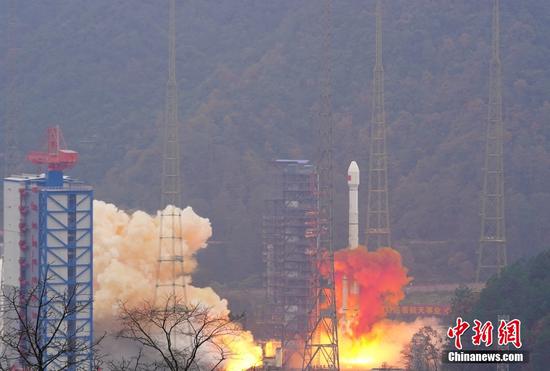









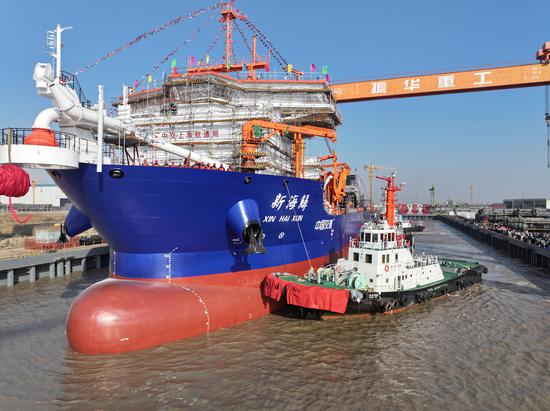
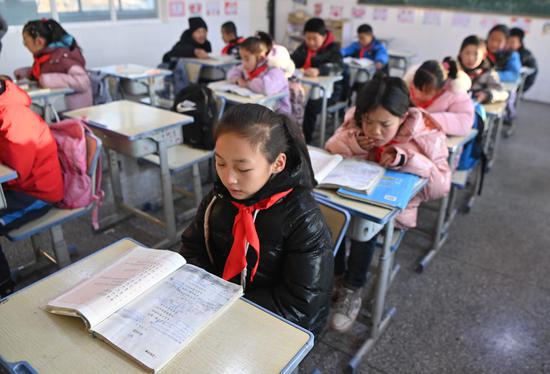




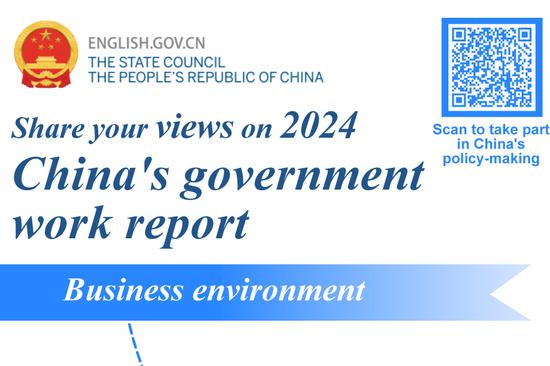

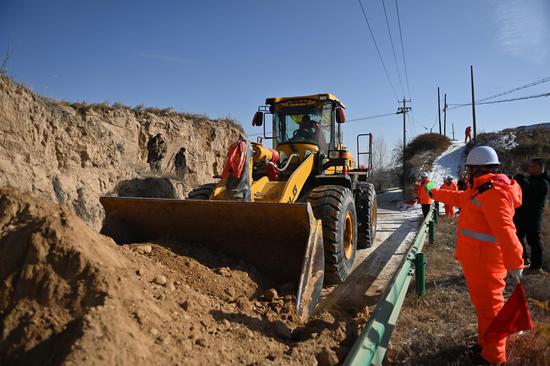
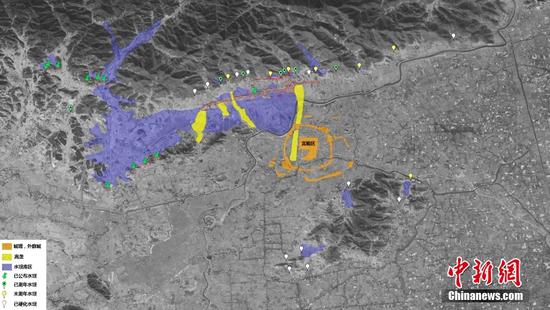







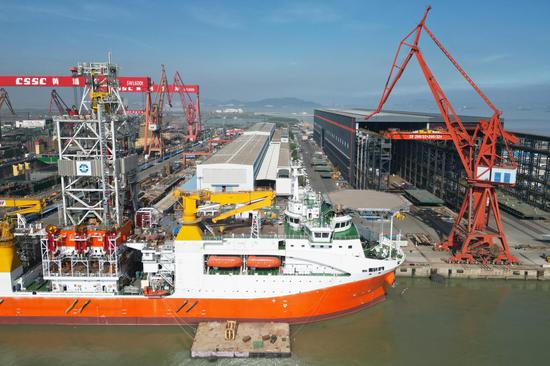

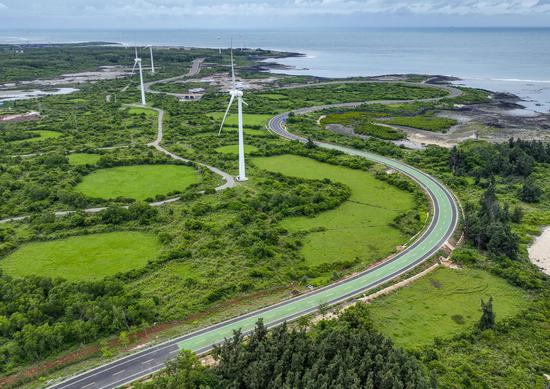








 京公网安备 11010202009201号
京公网安备 11010202009201号